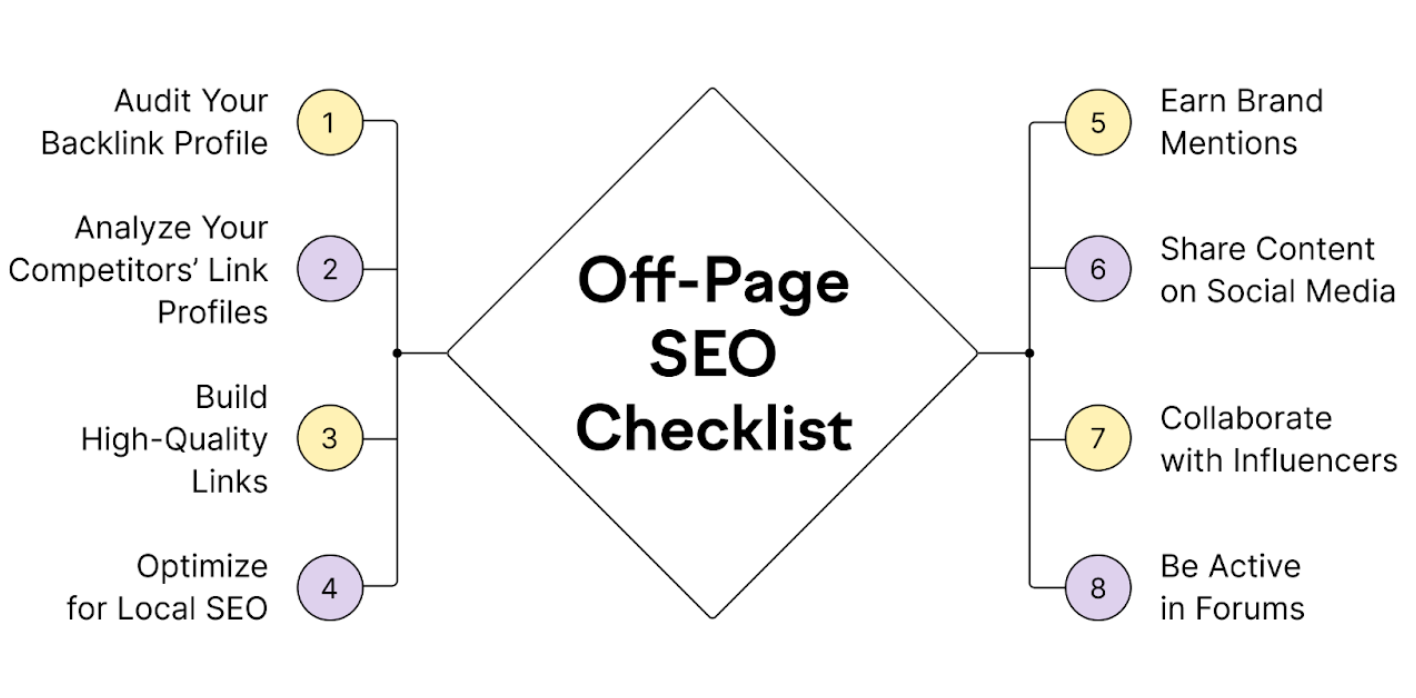In the fast-paced digital era, establishing a robust online presence is crucial for businesses, organisations, and individuals alike. Social media platforms serve as powerful tools to connect with a wider audience, build brand awareness, and foster engagement. Integrating social media into your website can amplify these benefits, creating a seamless bridge between your online platforms. This comprehensive guide will walk you through the steps of effectively integrating social media into your website to maximise your online reach and engagement.
How to Integrate Social Media into Your Website
Before diving into the technical aspects, it’s essential to grasp why social media integration is crucial for your website. Social media provides an additional avenue for users to discover and interact with your content. By seamlessly blending social media elements into your website, you create a cohesive and interconnected online experience, facilitating increased user engagement and sharing.
Selecting the Right Social Media Platforms
Begin by identifying the social media platforms that align with your goals and target audience. Popular choices include Facebook, Twitter, Instagram, LinkedIn, and Pinterest. Ensure that your chosen platforms complement your brand and the type of content you produce. Consider the demographics of your target audience and the platforms they are most active on.
Creating Social Media-Friendly Content
Craft content that is not only engaging on your website but also easily shareable on social media. Incorporate visually appealing elements such as images, infographics, and videos. Implement social media tags, mentions, and hashtags to enhance discoverability and encourage user-generated content.
Adding Social Media Icons and Widgets
One of the simplest ways to integrate social media into your website is by prominently displaying social media icons. These icons should link directly to your respective social media profiles. Additionally, consider embedding social media widgets, such as live feeds or share buttons, to encourage real-time interaction and content sharing.
Implementing Social Login
Simplify the user experience by incorporating social login functionality. This allows visitors to sign in or register on your website using their social media credentials, eliminating the need for a separate registration process. Social login not only streamlines the user journey but also provides you with valuable user data.
Utilising Open Graph Protocol and Twitter Cards
Enhance the visibility of your website on social media by implementing Open Graph Protocol for Facebook and Twitter Cards. These meta tags enable you to control how your content appears when shared on these platforms, ensuring a consistent and appealing presentation.
Integrating Social Sharing Buttons
Encourage users to share your content by strategically placing social sharing buttons throughout your website. These buttons make it easy for visitors to disseminate your content across their social networks, amplifying your reach and driving organic traffic.
Monitoring and Analysing Social Media Integration
Regularly monitor the performance of your social media integration efforts. Utilise analytics tools provided by both your website platform and social media platforms to assess engagement, track referral traffic, and identify popular content. This data will help you refine your strategy for optimal results.
Staying Updated with Social Media Trends
Social media is dynamic, with trends evolving rapidly. Stay informed about the latest features, algorithms, and trends on various platforms. Adapt your social media integration strategy to align with these changes, ensuring that your website remains current and resonates with your audience.
Ensuring Mobile Responsiveness
Given the prevalence of mobile usage, ensure that your social media integration is mobile-friendly. Test the responsiveness of social media widgets, icons, and sharing buttons on various devices to provide a seamless experience for users accessing your website on smartphones and tablets.
Final Words
Integrating social media into your website is not just about adding a few icons; it’s about creating a synergistic online ecosystem that enhances user experience and expands your digital footprint. By carefully implementing the strategies outlined in this guide, you can forge a strong connection between your website and social media platforms, fostering engagement, building brand loyalty, and ultimately driving success in the digital landscape. Stay proactive, adapt to evolving trends, and watch as your integrated online presence flourishes.



